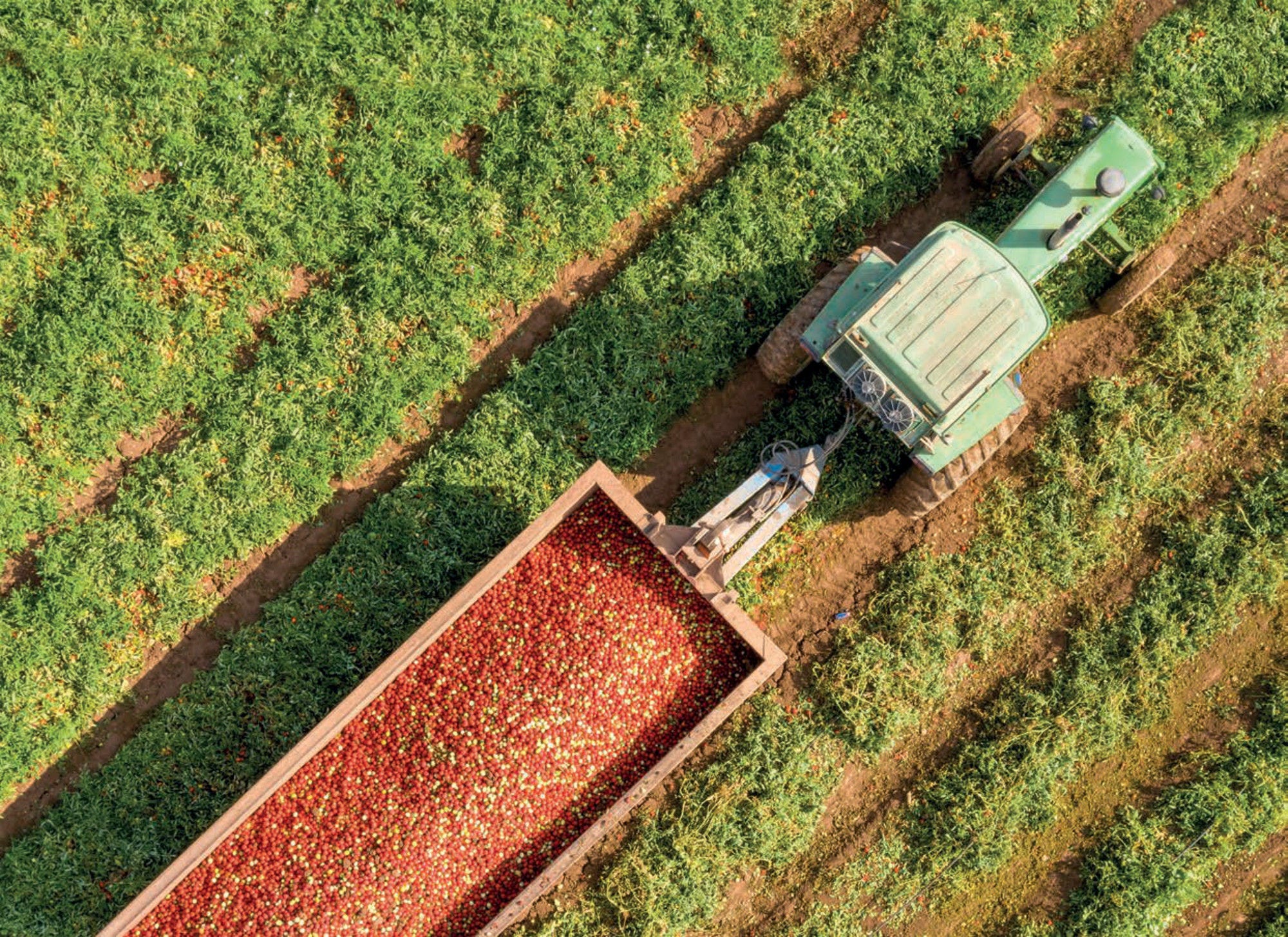In 2020, a new policy framework strategy was launched by the Ministry of Agriculture called “Together for the Countryside” (“Juntos por el campo”). The policy has six pillars: 1) the organisation of the agricultural production for ten priority products: cocoa, avocado, potato, dairy, forestry, rice, corn, onion, sugarcane, fishing, and aquaculture, and five strategic crops such as flowers, palm, coffee, bananas, and sugar. Within this pillar, there are two components: the phytosanitary protection and planning according to the suitability of the soil. 2) Agricultural extension that aims at 550 000 producers. 3) Extending credit and better credit conditions (i.e. more preferential rates) to farmers. 4) Financing rural public goods such as infrastructure, transformation plants, storage and cold chains, and irrigation districts. 5) Technology and innovation. 6) Support for productivity through subsidies for the acquisition of agricultural inputs.
In 2020, several programmes were created such as subsidies for domestic transportation costs that benefited 35 382 farmers, subsidies for machinery and equipment that reached 15 000 producers, subsidies for the purchase of variable agro-inputs (e.g. seeds, fertilisers, etc.) that benefited 34 779 producers, Pacific Opportunities (a programme for rural women's associations that carry out agricultural productive projects in the Pacific region), which registered 349 smallholders organisations, commercialisation subsidies for potatoes, rice and maize.
The framework strategy has as transversal axis, the contract farming programme created in 2019 and seeks to connect 300 000 producers to markets by linking farmers to commercial partners. In 2020, around 120 000 smallholders benefited from the programme, by selling their products directly to 757 buyers. The value chains with the greatest participation in this programme were: fruits and vegetables (28%), coffee (19%), fishing (15%), cocoa (13%), and milk and milk products (8%).
The contract farming has the objectives of: 1) reduce uncertainty and risks in agricultural marketing by the advance selling of products to industry and final markets or consumers; 2) generate a stable supply of raw materials and agricultural products, with the characteristics and conditions required by industry and final markets or consumers; 3) promote more efficient, cost-effective agricultural production processes and products with higher quality and safety for the consumer; 4) encourage the formalisation of trade relations between agricultural buyers and sellers, by reducing the volatility of agricultural prices; and 5) contribute to the better use of land (zoning) for agricultural production, and thus to greater sectoral competitiveness.
Lastly, total public expenditures were reduced from 2019 to 2020 and several programmes were replaced by eleven new programmes launched in 2020 focused on production management, strengthening sanitary status, climate initiatives, institutional capacity, and innovation and development.







